How many types of poodle are there?
9th January, 2020
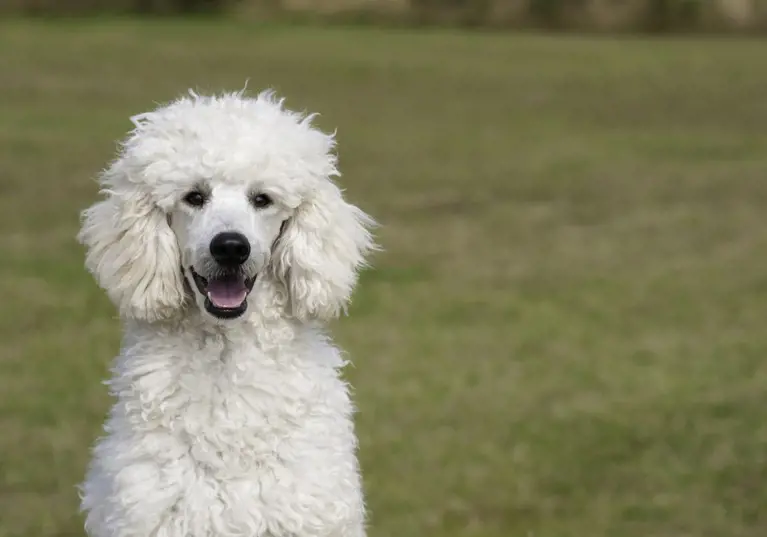
The poodle is an instantly recognisable breed of dog. The very word ‘poodle’ conjures up images of frou-frou, overly pampered pets. But there’s much more to poodle life than meets the eye.
For one thing, poodles are often placed in the top five for intelligent breeds of dog. And let’s not forget how well poodles can do when it comes to canine sports.
Also, while the traditional poodle is highly distinctive, there are lots of types of poodle that may not be quite so easy to spot.
History of the poodle
There’s a certain amount of controversy concerning the history of the poodle. For many, poodles originated in France – it’s an understandable assumption as they are often called French Poodles.
However, it is widely believed that the breed has its roots in Germany where it served as a water dog used to retrieve game and fowl from rivers and lakes.
The word poodle is also thought to derive from an old German word ‘pudeln’ which roughly translates as ‘to splash in water’.
But this is also disputed, with others claiming the breed originated in Denmark, Portugal, Spain or Africa. Wherever the breed originated, today there are different types of poodles to familiarise yourself with.
Here’s your guide to the different poodle breeds out there. And remember, no matter which type you go for, make sure it’s protected with the right level of specialist dog insurance from the day you bring them home!
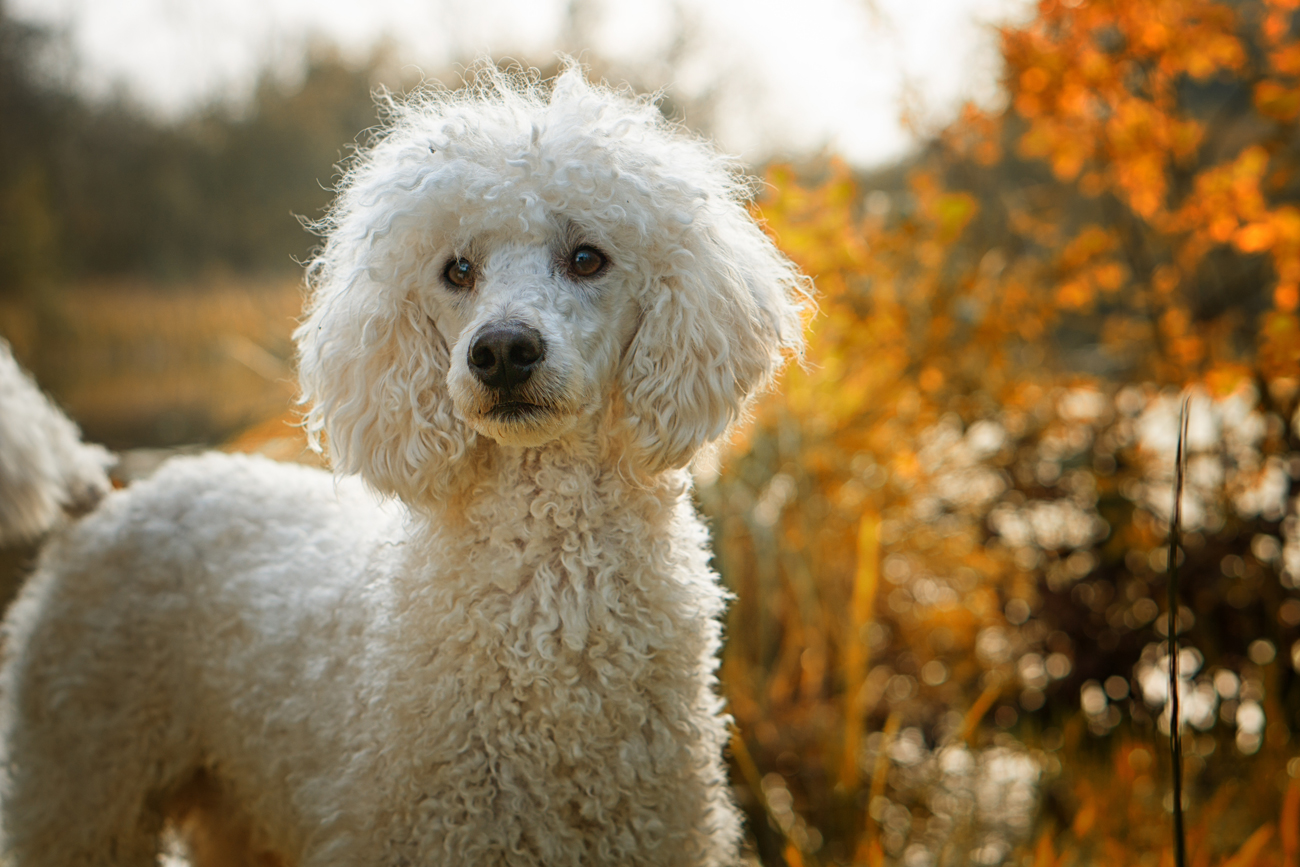
Different types of poodle
Pedigree poodle breeds
For poodle purists, there are only really three types of poodles roaming our parks – the pedigree poodle breeds. There are two more poodle classes – the klein (moyen) poodle and teacup poodle, but these are not yet officially recognised as poodle classifications.
Let’s take a closer look at those pedigree breeds.
|
Height |
Weight |
Characteristics |
|
|
Standard poodle |
38cm |
35kg |
Smart, easily trainable, elegant, agile, great watchdogs |
|
Miniature poodle |
28-38cm |
7-8kg |
Favoured poodle hybrid, tightly-curled low shedding coat |
|
Toy poodle |
24-28cm |
Up to 6kg |
Intelligent, need a lot of exercise |
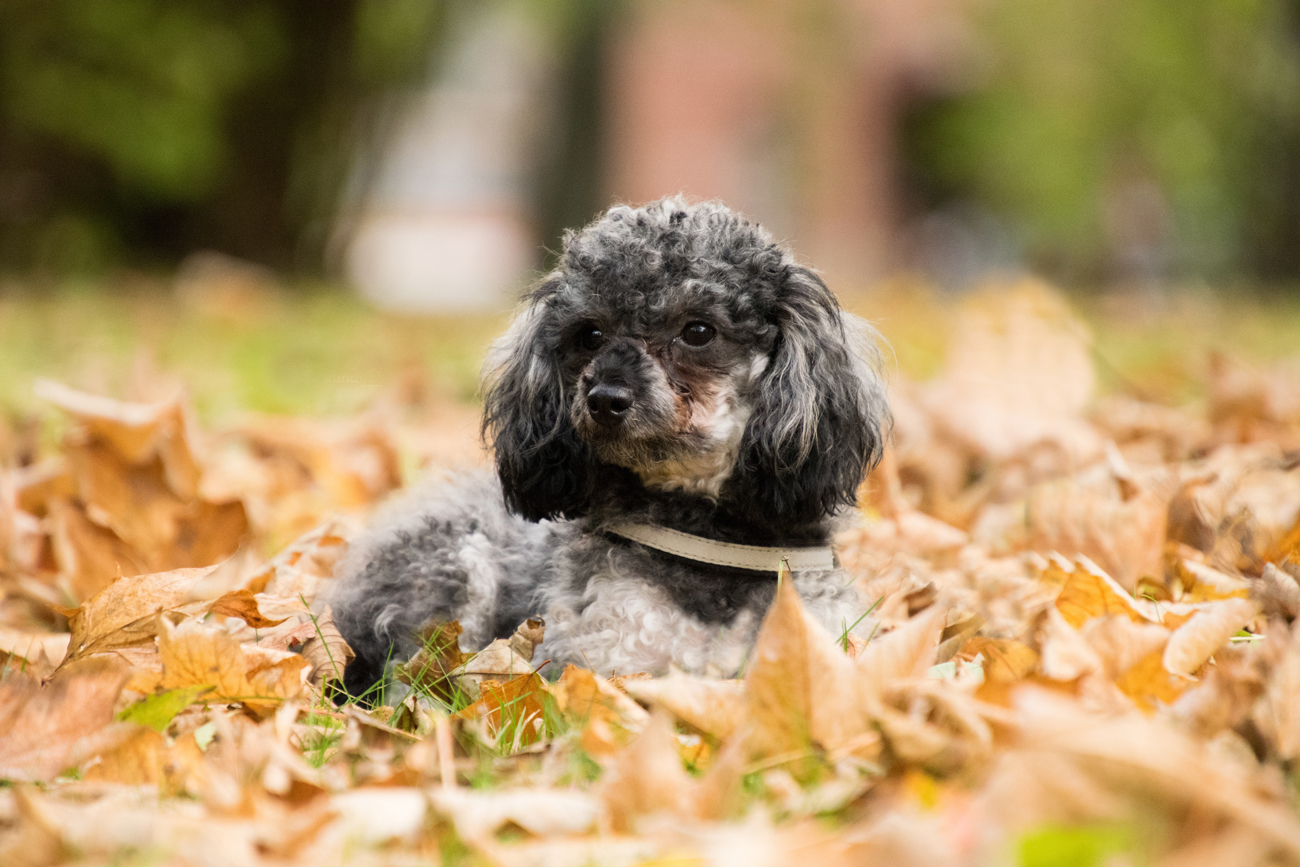
Hybrid poodle breeds
Today’s poodle mixes come in all shapes and sizes – largely because they are bred with other dogs of all shapes and sizes. Here are some of the most popular hybrid poodle breeds out there.
|
Height |
Weight |
Characteristics |
|
|
Cockapoo |
25-38cm |
5.4-11kg |
Most popular in the UK, curly or wavy long-haired coats, friendly |
|
Labradoodle |
53-63cm |
13-20kg |
Strong swimmers, smart, friendly, easily trainable |
|
Cavapoo |
23-36cm |
5-11kg |
Good therapy dogs, sweet, sensitive, low shedding, friendly |
|
Shihpoo |
33.1-40.6cm |
5.4-9.1kg |
Thick low shed coat, highly affectionate, charming, slightly stubborn |
|
Goldendoodle |
53-63cm |
23-35kg |
Great companion dogs, patient, gentle with young children |
|
Bichon poodle |
23-30cm |
3-5kg |
Affectionate, playful, cheerful, sensitive |
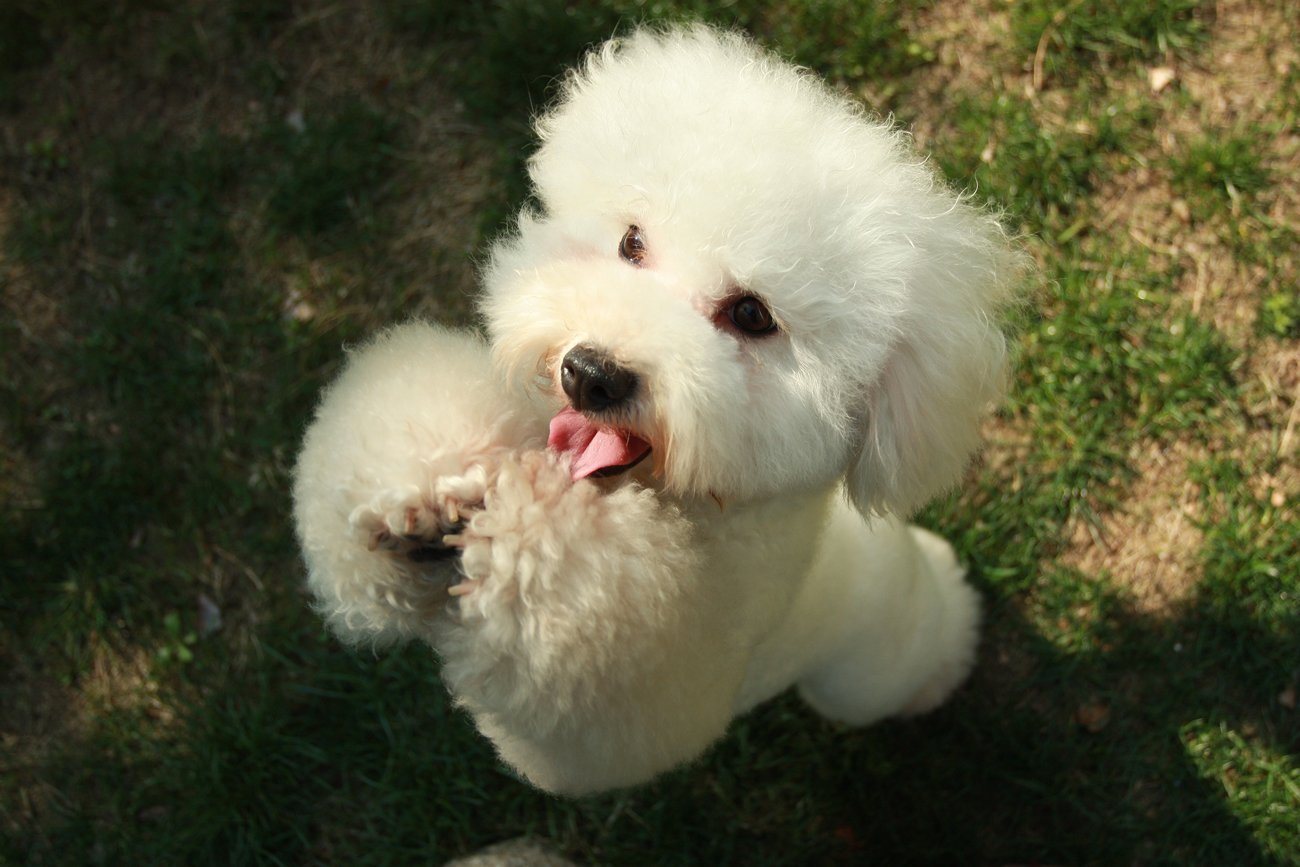
Other hybrid breeds
The list of hybrid poodle breeds is fairly extensive, with breeders keen to combine different traits and temperaments.
Here are some of the other cross poodle breeds you may have heard about:
-
Bordoodle: cross between a border collie and poodle
-
Boxerdoodle: cross between a boxer and poodle
-
Chipoo: cross between a chihuahua and poodle
-
Corgipoo: cross between a Pembroke Welsh corgi and a miniature or toy poodle
-
Maltipoo: cross between a maltese and toy or miniature poodle
-
Newfypoo: cross between a Newfoundland and poodle
-
Peekapoo: cross between a Pekingese and poodle
-
Pomapoo: cross between the pomeranian and toy poodle
-
Rottle: cross between a rottweiler and standard poodle
-
Saint Berdoodle: cross between a St Bernard and standard poodle
-
Schnoodle: cross between a schnauzer and poodle
-
Westiepoo: cross between a West Highland white terrier and miniature poodle
-
Whoodle: cross between a soft-coated wheaten terrier and poodle
-
Yorkipoo: cross between a Yorkshire terrier and miniature poodle
According to the results of Britain's Top Dogs which aired on ITV last year, the standard poodle was ranked 45th most popular pooch, the labradoodle came in at 13th and the cockapoo was named the nation’s second favourite breed of dog (just missing out to the Staffordshire bull terrier).
The physical appearance of poodles
The poodle is a highly recognisable breed of dog. It’s easy to spot its straight muzzle, long ears that hang close to its head, and small paws.
However, it is this breed’s coat that is its defining feature.
Corded or curly in appearance, a poodle’s coat comes in a variety of colours and is always solid in colour. The most common coat colours for poodles are: blue, black, grey, silver, apricot, cream, brown, white, red and café-au-lait.
The clip (the way in which the coat is trimmed) is another instantly recognisable feature.
Many believe the clip was designed for visual appeal; however, others argue it was developed as a way to protect (but not hinder) these dogs when they were used for hunting and retrieving.
Today, the most common poodle clip is the ‘lamb clip’ or ‘puppy clip’, however, other popular clips include the continental clip, the modified continental clip, the town and country clip, the Miami clip and the kennel clip.
Even if your poodle is not being shown, it is important to keep up a regular grooming schedule.
This means bathing and clipping your poodle once every couple of months – depending on the dog, this can happen less frequently. Grooming can be expensive, but is a must when you own a poodle.
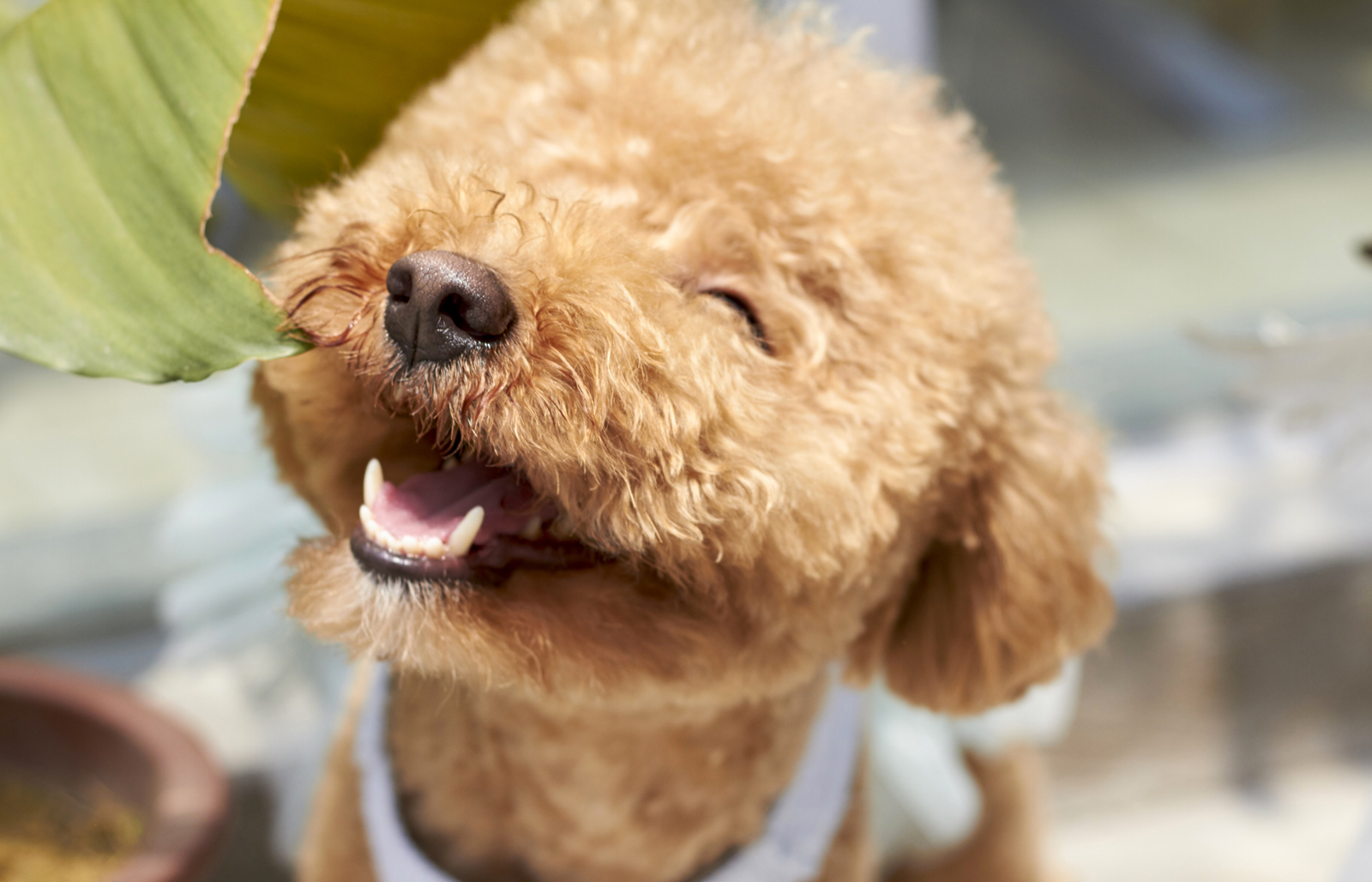
Personality of a poodle
As we have already mentioned, poodles are highly intelligent dogs that can get bored fairly easily if they do not have enough mental and physical stimulation.
Poodle owners need to make sure they give their pets enough exercise, play with them, and keep on top of learning and obedience activities.
Poodles are quick learners and are capable of picking up new commands and tricks with ease – this is one of the reasons why poodles used to regularly appear in circuses back in the day.
They are a playful, patient and loyal breed of dog, but can be fairly reserved with strangers.
Poodles of all sizes are energetic, and while the toy poodle may not need to stroll as far as the standard poodle on its daily walk, it will still need a structured exercise routine.
How to care for your poodle
Your pet poodle is part of the family and you want to give him or her the care and attention they deserve.
Here’s a guide to caring for your poodle to keep them at their healthiest, most sociable, and well-groomed best.
1. Exercise
You should walk your poodle for around one hour a day.
Remember that all poodles need to be taken out for a walk every day, regardless of their size. If you have a standard poodle, ideally you will have a back garden big enough to let them exercise whenever they wish.
Smaller breeds will be happy running around your home, larger ones will need more space.
2. Grooming
It is important that you follow a regular grooming routine for your pet poodle.
This means brushing their coat once or twice a week if the hair is clipped short. Where the hair is longer, it should be brushed daily. Any matted or tangled hair that cannot be brushed out should be cut out with scissors.
It is recommended that poodles are professionally groomed every six weeks. It is best to get an all-over, short trim as this is the most comfortable for the dog and the easiest for you to groom.
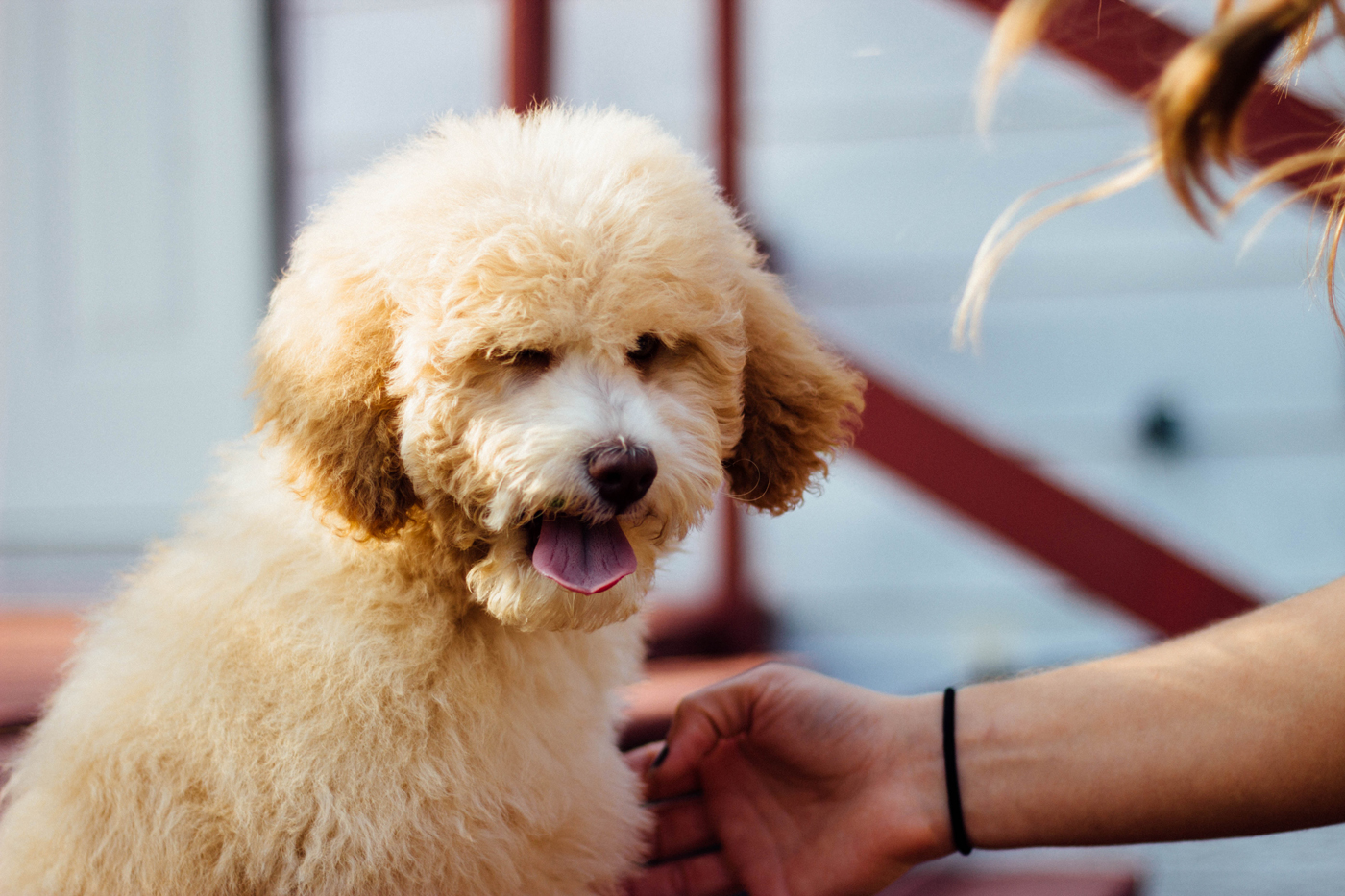
3. Socialising
Make sure your poodle gets lots of contact with other dogs and people. Miniature and toy poodles in particular can be especially shy around strangers and may take some time getting used to new faces.
As well as going for long walks, training classes can be a good way for your poodle friend to interact with other dogs.
4. Go for regular check-ups
It is advised that you take your pooch for regular check-ups at the vet. This is especially important if you have a standard poodle.
These larger dogs can be vulnerable to a number of health issues, including gastric torsion, Addison’s disease, and the build-up of earwax.
If you own a poodle – pedigree or hybrid – you will want to make sure you have the right level of cover for you and your dog.
At Purely Pets, we design dog insurance policies to ensure your pet poodle has the protection it deserves.
Depending on the policy you choose, you can be covered for vets bills for accidents, illness or both – up to a fixed amount. Many policies also cover the cost of dentistry, loss of your pet and overseas travel.
If you would like to find out how to get the right level of cover, Purely Pets can provide you with an online quote in minutes.
Get in touch with a member of our team to discuss your dog insurance options and find the policy right for you and your four-legged friend.
Helpful Pages
Recent Posts
Pet Insurance Quote
- 98% claims paid *
- Claims paid directly to vets
- 24/7 vet video consultations
- Interest free monthly payments




